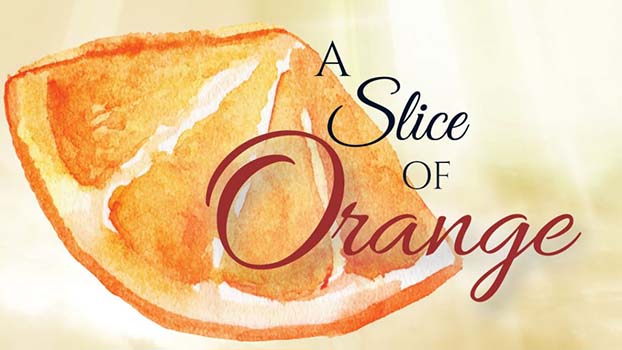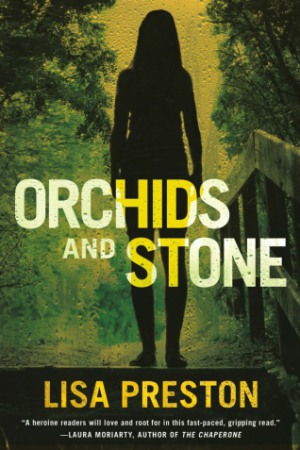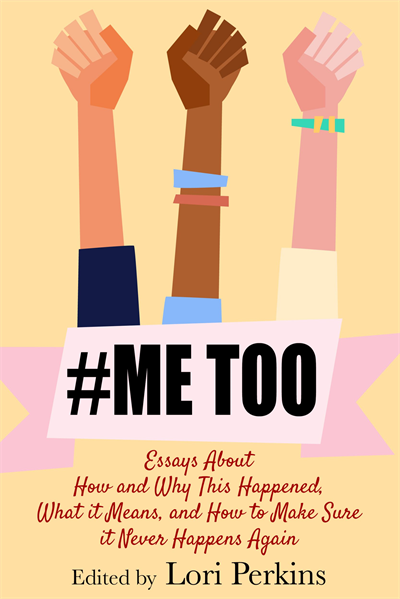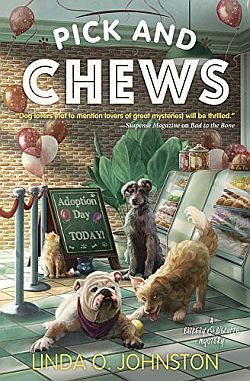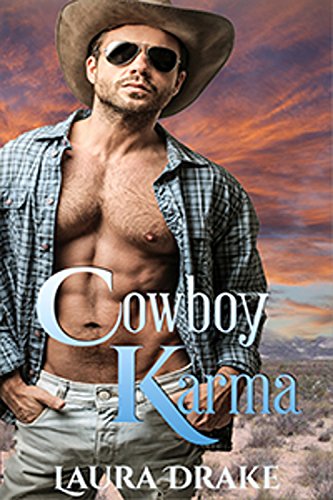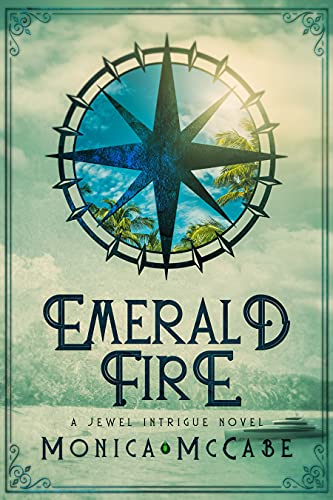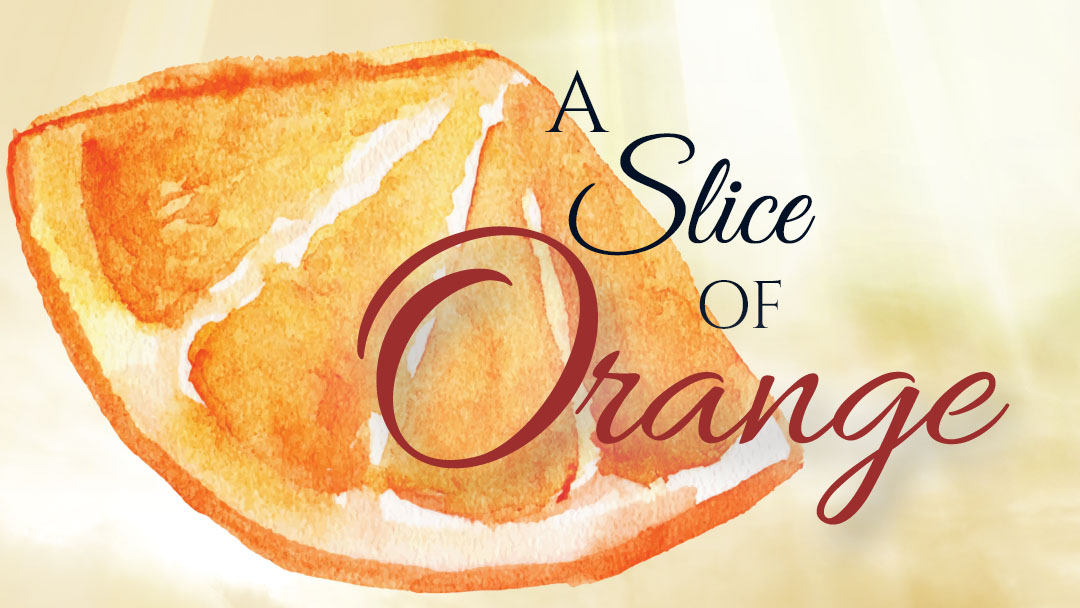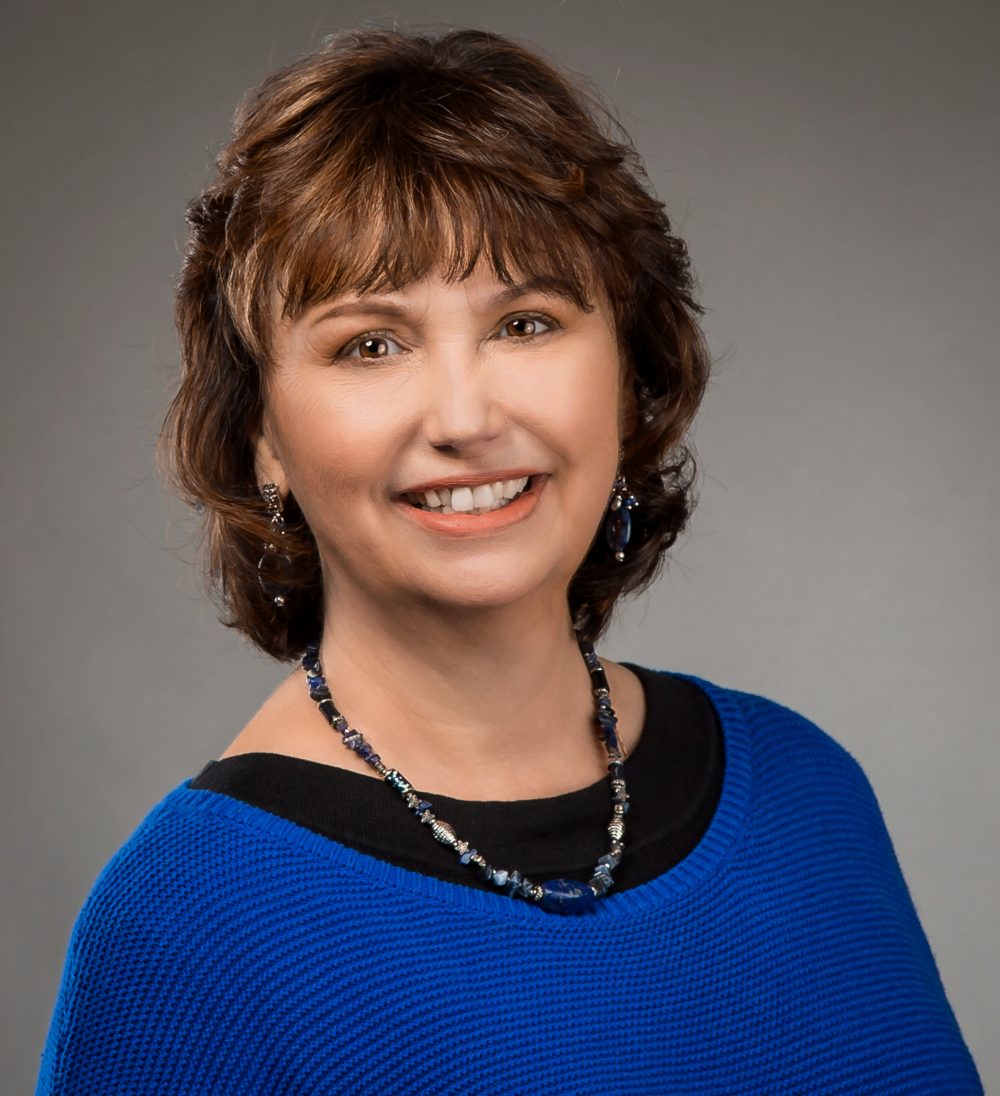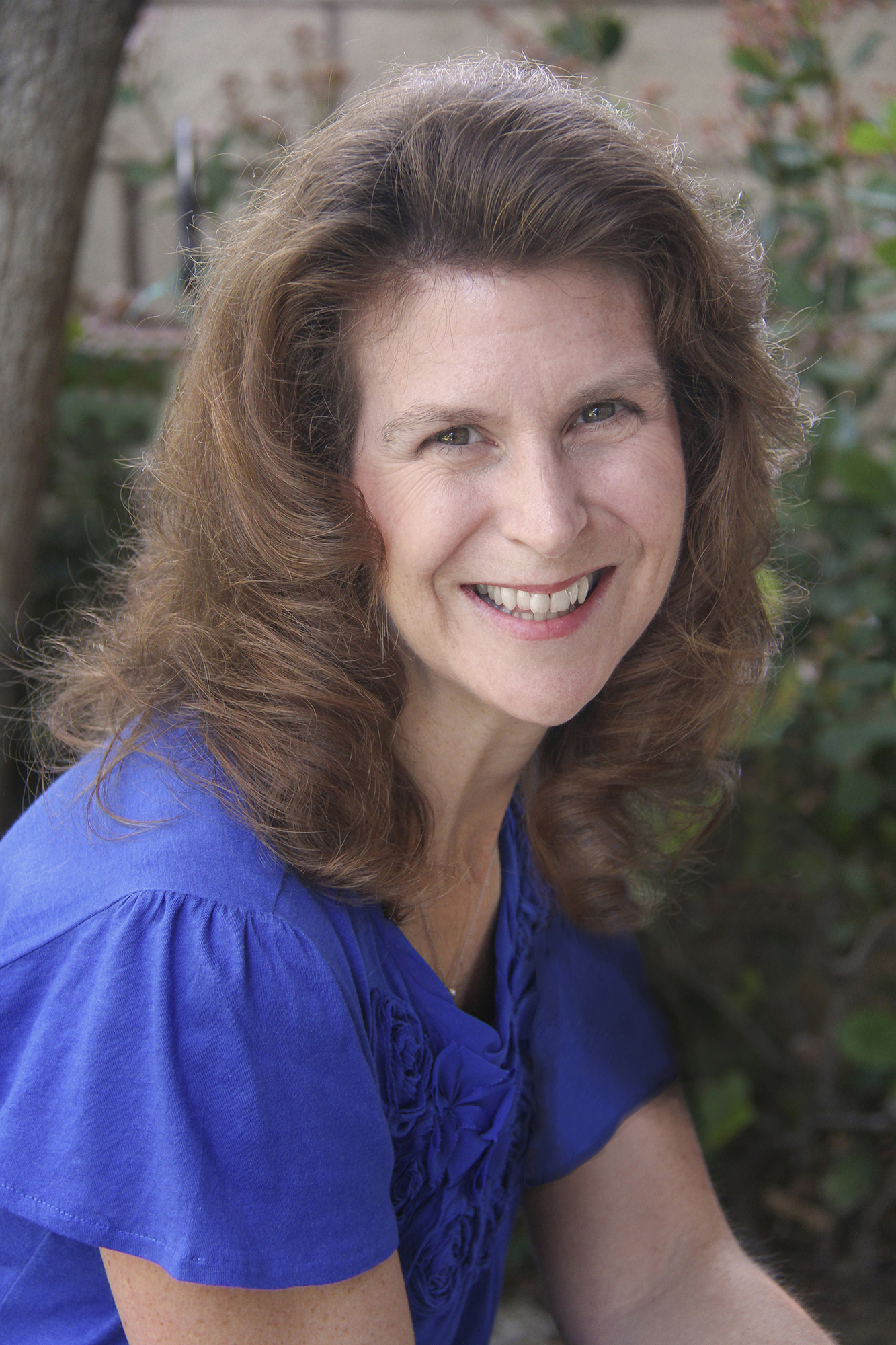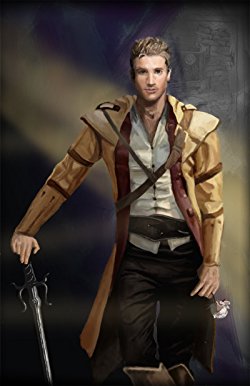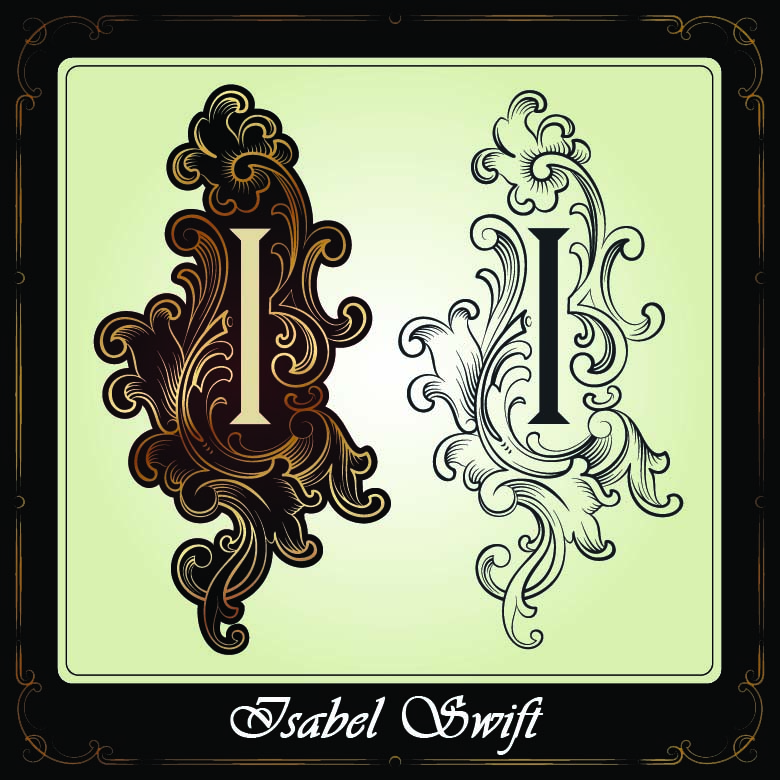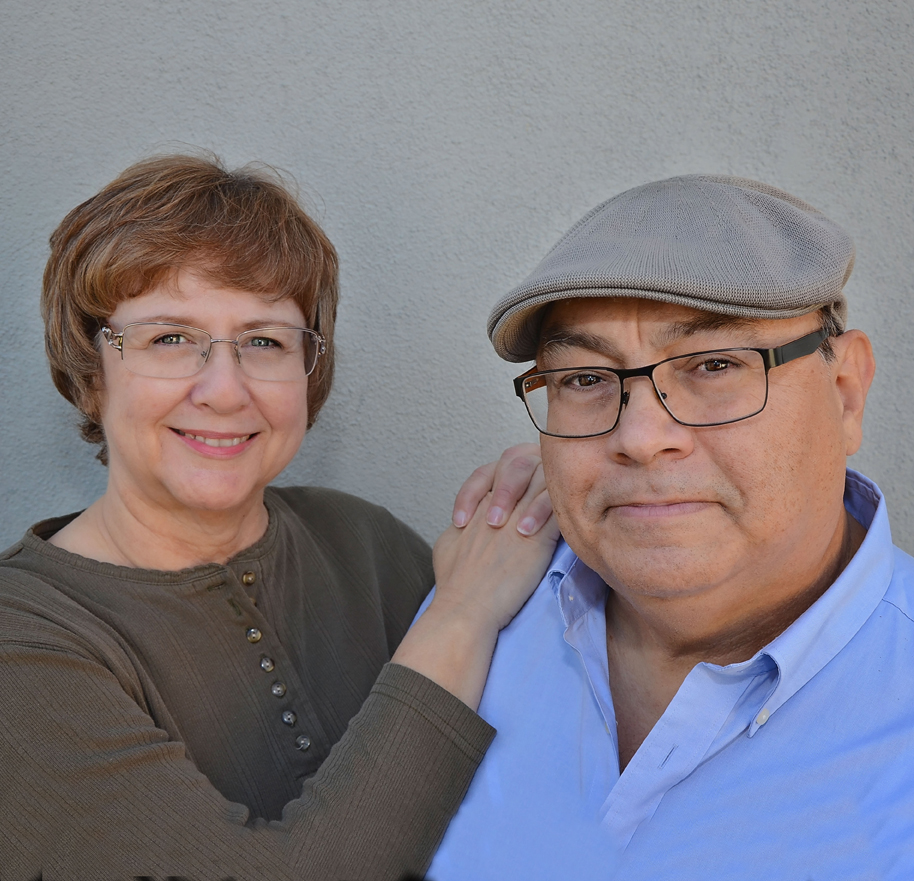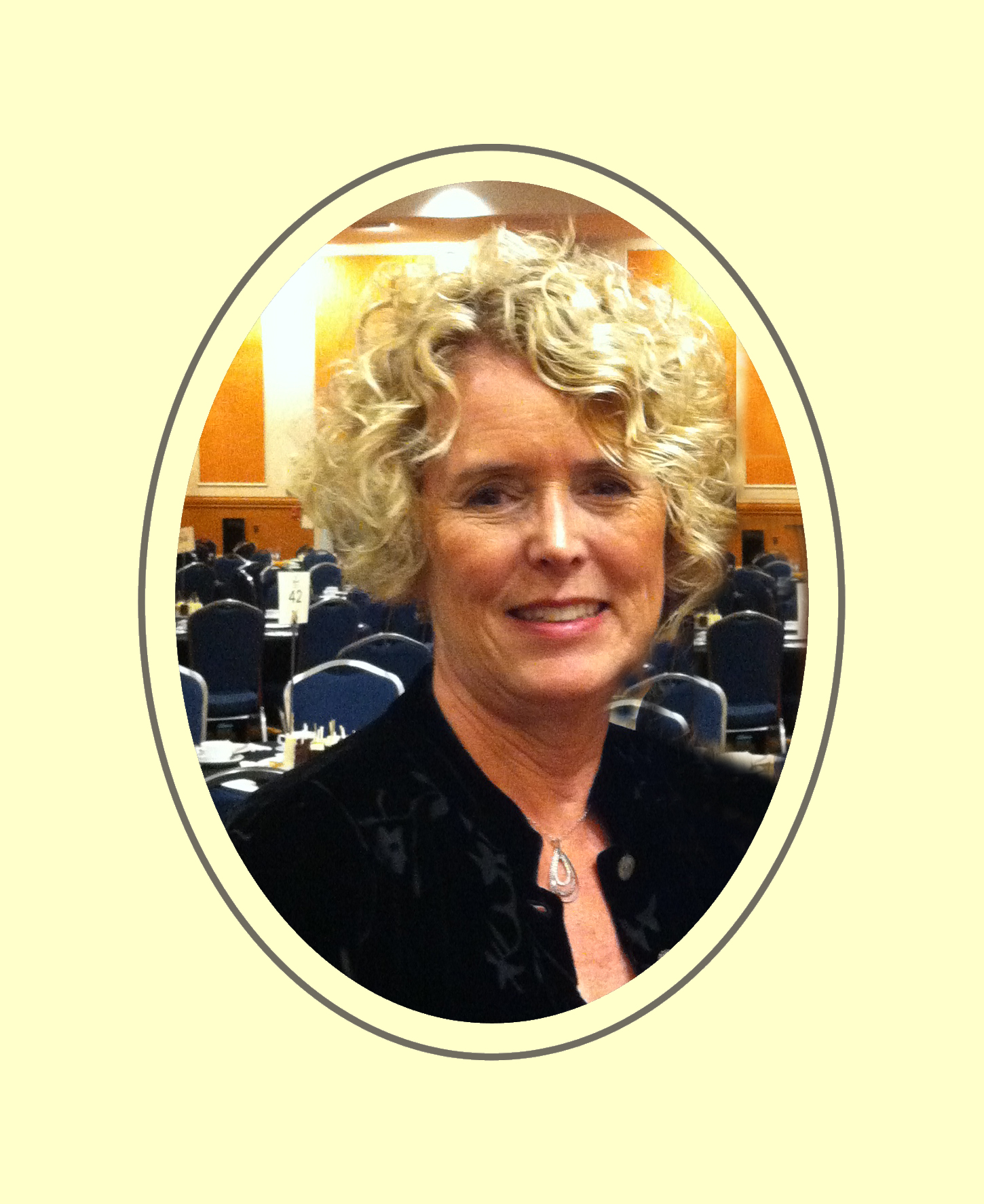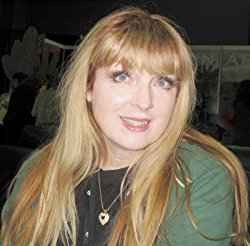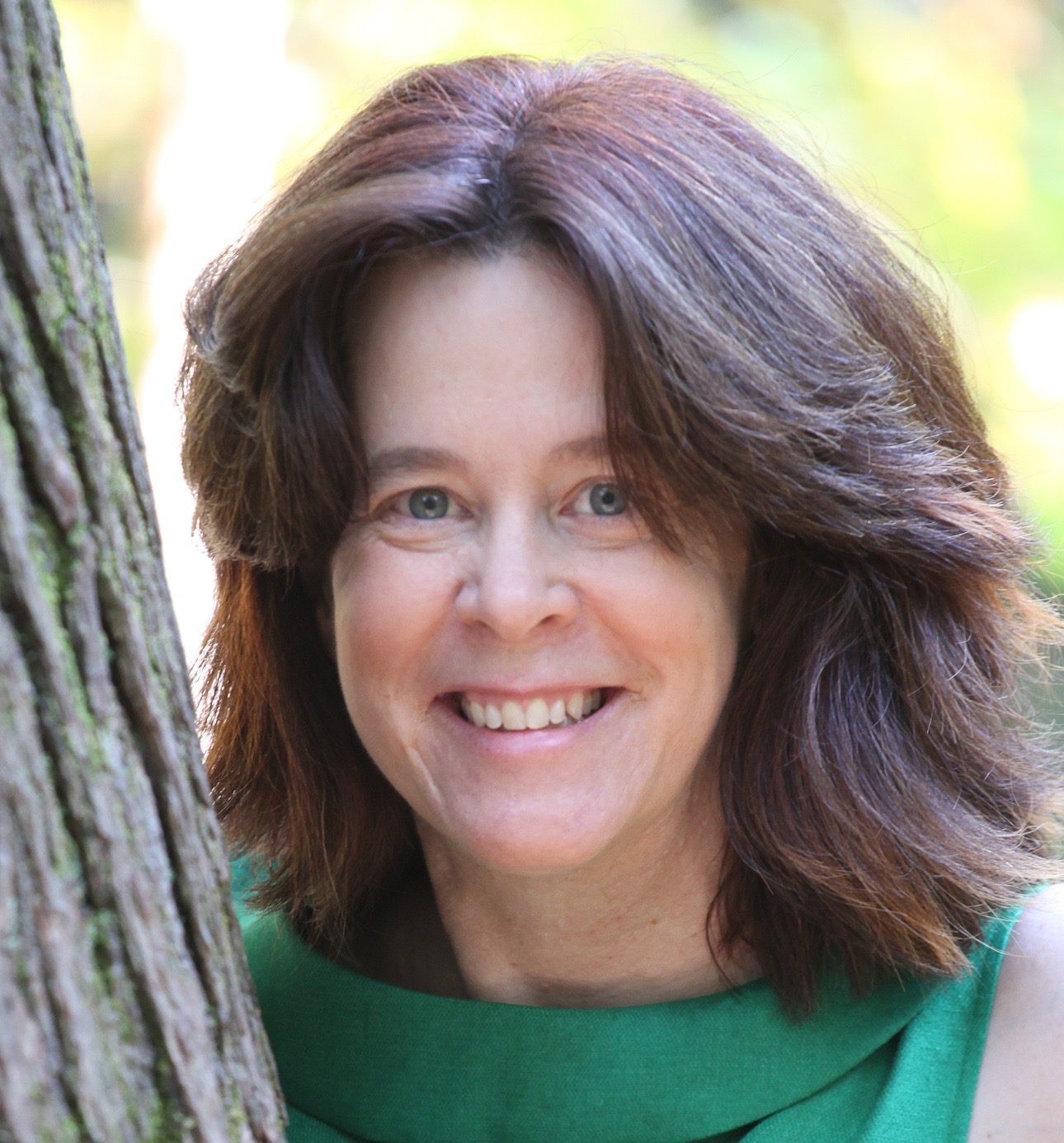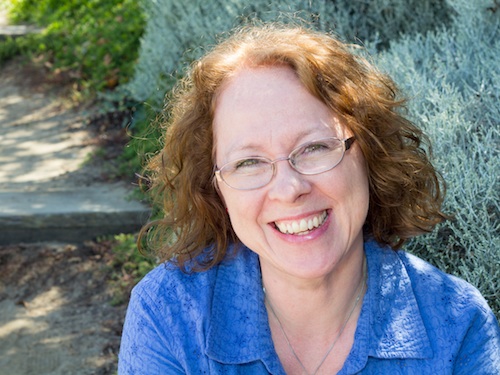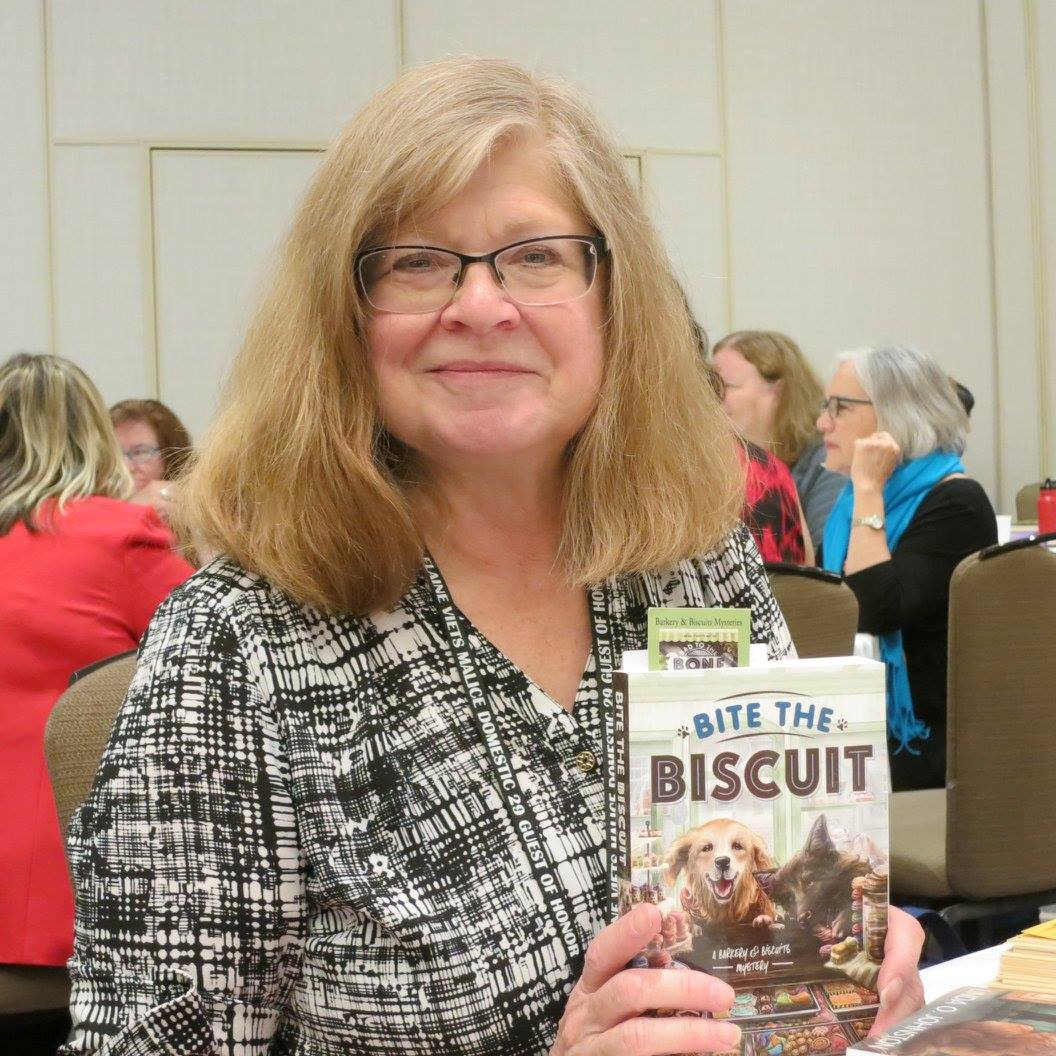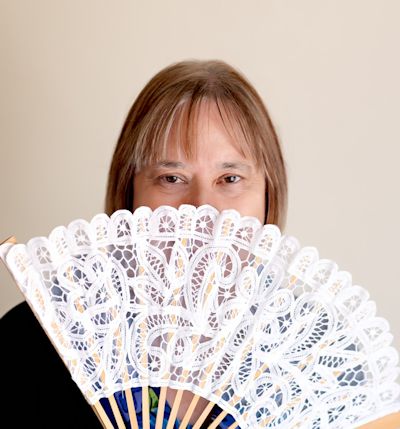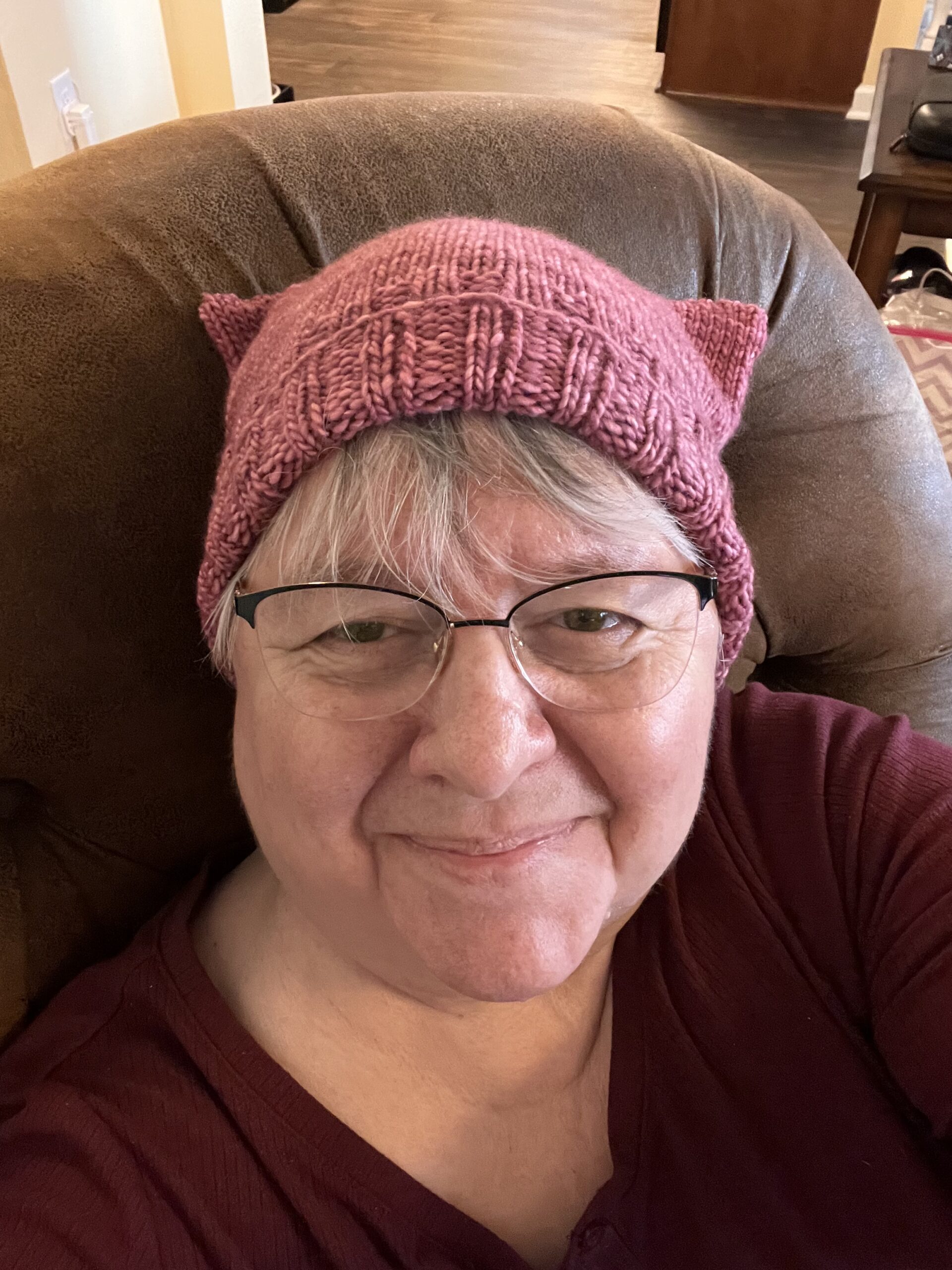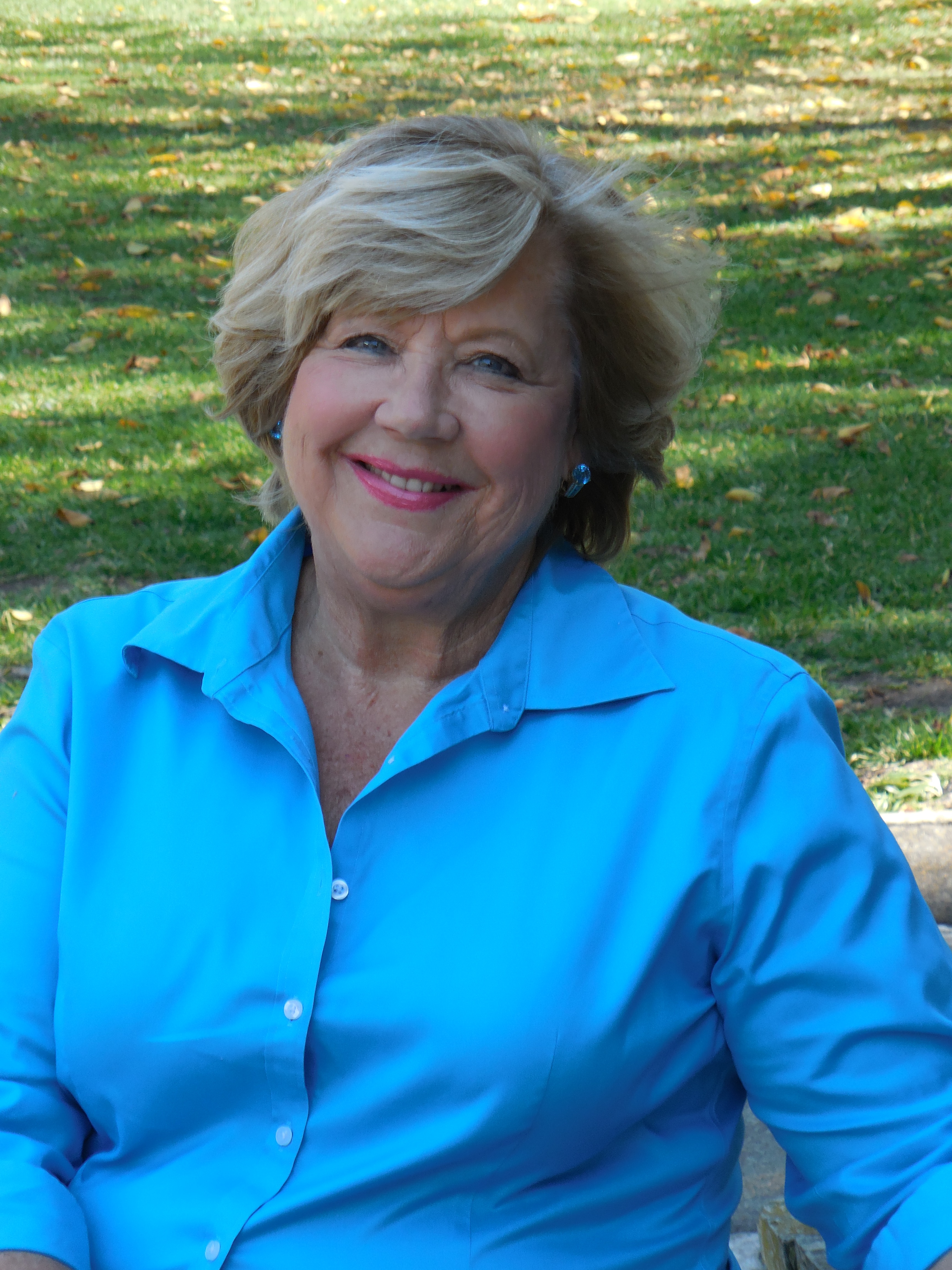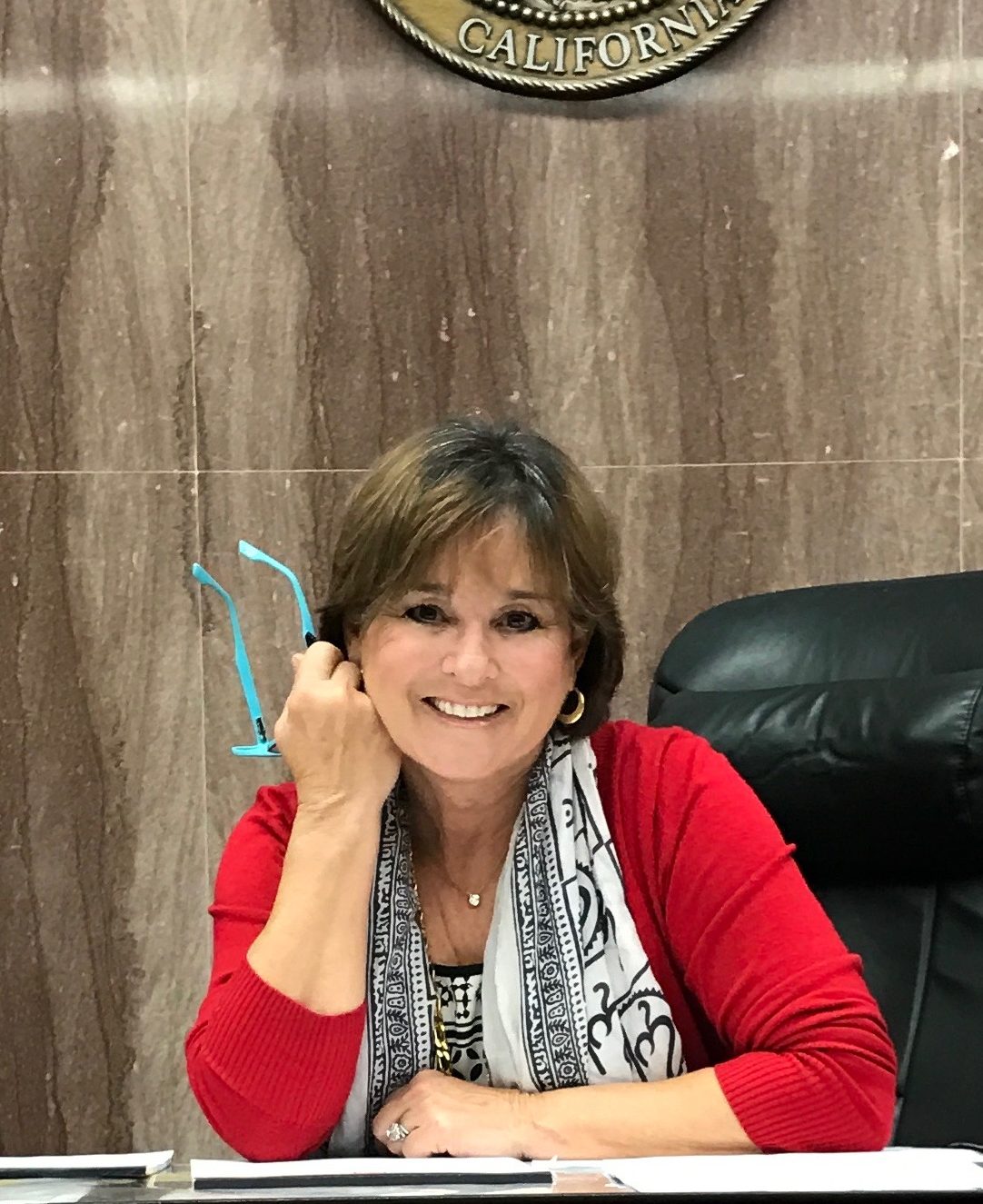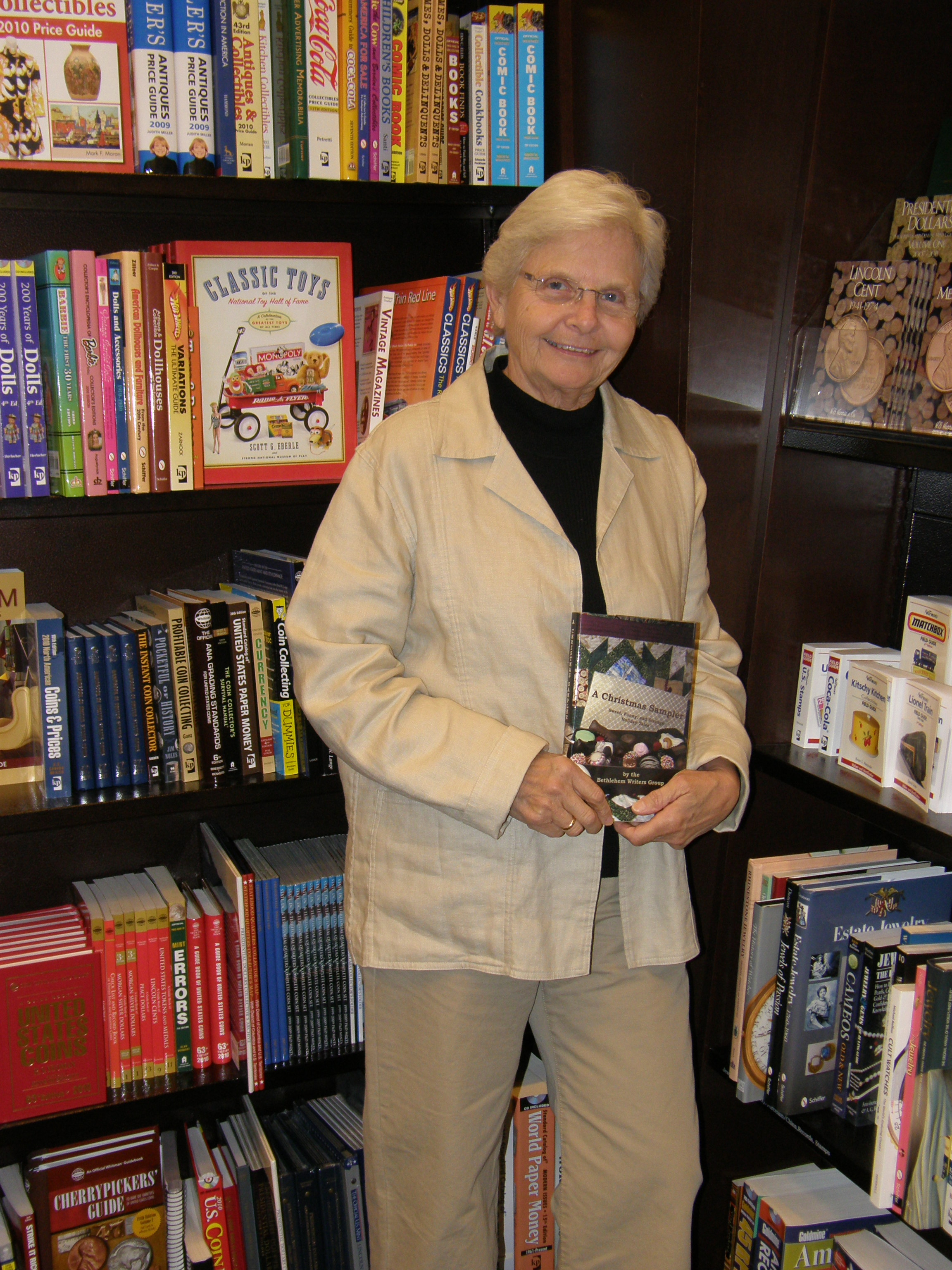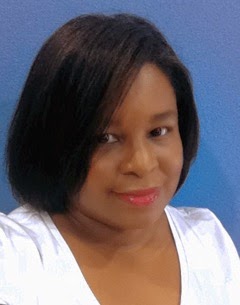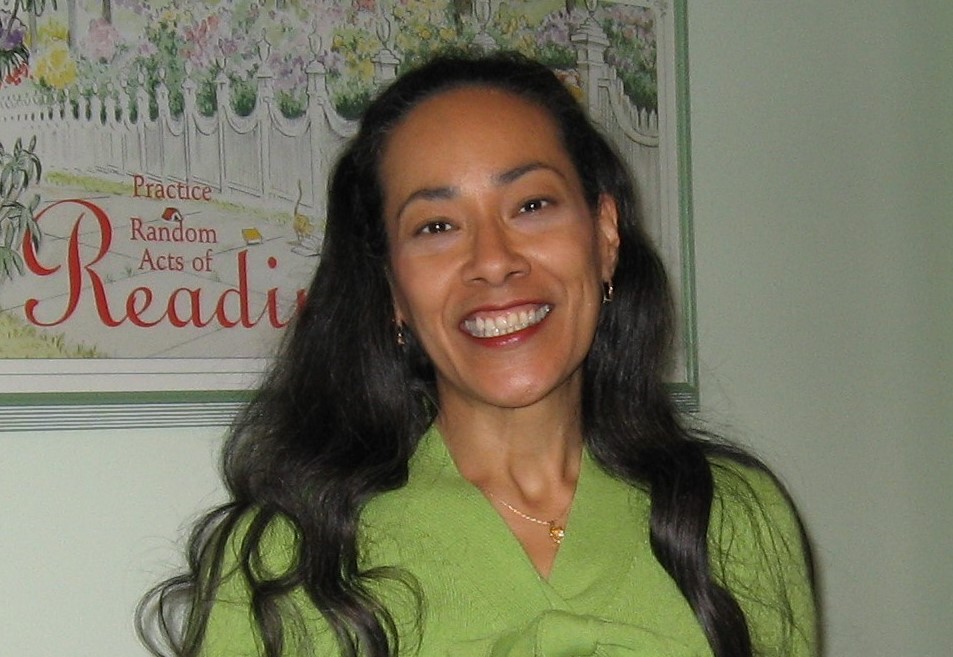Writing the Holiday Short Story
October 18, 2023 by marianne h donley in category Ages 2 Perfection Online Class, Online Classes tagged as Aged 2 Perfection Online Class, Carol L. Wright, Marianne H Donley, Writing the Holiday Short Story
Writing the Holiday Short Story
Presented by: Marianne Donley & Carol L. Wright
Date: November 6 – 17, 2023 (two weeks)
Pricing: A2P Member fee: $15 Non-A2P Member fee: $25
About the Workshop:
From Hanukkah Goblins to Ebeneezer Scrooge to Bad Santa, holiday stories run the gamut from heartwarming tales that enhance the celebration, warm the heart, and knit generations together, to those that highlight the frazzled nerves, generational conflicts, and dark humor that holidays sometimes bring to the fore.
With such a broad canvas, holidays give authors enormous range for storytelling, but there are still some elements that holiday stories nearly always share. This class will help you sort through the holiday frenzy to tell your story in a way that will leave your readers wanting more.
About the Presenters:
Marianne H. Donley, a retired teacher, now writes short stories, funny romances, and quirky murder mysteries. Her stories have appeared in a variety of anthologies, journals, and magazines. She also owns and manages the multi-author blog, A Slice of Orange. Marianne is a member of Bethlehem Writers Group, Music City Writers, Sisters in Crime, and Charmed Writers. You can follow Marianne’s various social media at: https://linktr.ee/mariannehdonley
Carol L. Wright writes mysteries and more. Her debut traditional mystery, Death in Glenville Falls: A Gracie McIntyre Mystery, was a finalist for two international book awards. Her short stories have appeared in award-winning anthologies and literary journals, and some of her favorites are collected in her book A Christmas on Nantucket and other stories. You can learn more at her website: https://CarolLWright.com
Together, Marianne and Carol teach both in person and online classes. They organize and judge a yearly short story contest. And just to keep busy, they have also edited six anthologies and are working on the seventh.
2 1 Read moreTips for Writing for a Contest by Carol L. Wright
November 13, 2022 by Bethlehem Writers Group in category From a Cabin in the Woods by Members of Bethlehem Writers Group tagged as Barb Goffman, BWG, Carol L. Wright, Short Story Award, Writing contests, writing tips
It’s always exciting to enter a writing contest—at least until it comes to the actual writing.
Since I both write for submission and run the annual Bethlehem Writers Roundtable Short Story award competition, I’ve developed a few tips for writing to a theme, keeping within the word count limits, and what to avoid. I hope these might be of help.
And we’re making a special announcement at the end!
When writing to a theme:
- Write a new story instead of trying to wedge thematic elements into an existing story. It shows.
- Don’t write the first thing that comes into your head. It popped into a hundred other heads, too. You don’t want to be competing with a hundred other stories similar to yours.
- Brainstorm to find a fresh slant on the theme. Writing something from a slightly different angle will help your story stand out.
- Be creative with your title. Too many entries will use the theme in the title. You want your title to be unique.
Staying within word limits:
- Start with your protagonist in the middle of action. Hook readers immediately.
- Refer to, but don’t overly explain backstory. You can imply an unhealed wound or past conflict between characters, but in a short story, the reader does not need to know the details unless they have a direct relationship to the current plot.
- Keep descriptions pithy. A few words can paint a picture.
- Use contractions, compound words, or hyphenated words. These count as only one word each
- Do not use ellipses to show pauses or gaps. They are correctly typed as: space-dot-space-dot-space-dot-space. Unfortunately, each dot counts as a word! Use dashes instead. Some word counters count words connected by a dash as one word!
- Simplify verbs. For example: she left, instead of she was gone or she had departed. You could even have a one-word sentence: Gone!
- Use vivid verbs. It eliminates the need for adverbs or adjectives. For example: the storm raged instead of the storm was blowing strongly.
- Use the words you need, but not one word more. Remember, the word limit is a maximum, not a minimum or a target word count. No contest judge wants to read a story that appears to be padded with extra words.
- On the other hand, if the contest calls for stories of up to 5000 words, a very short story, e.g. 500 words, will not be competitive. You cannot do the world building or character development in a few words that you could accomplish with more words.
Contest Don’ts:
- Don’t flatter judges in a cover letter. They know it’s just designed to butter them up and can seem annoying.
- Don’t email the contest runner with questions that are answered in the call for submissions. Really annoying.
- Don’t argue with the rules, break the rules, or ask for exceptions to the rules. The rules are there for a reason and have to be applied consistently to be a fair contest.
- Don’t complain that winning stories aren’t as good as yours. All judging is subjective—and you cannot be objective about your own work.
- And definitely don’t ask for names and email addresses of judges so you can complain to them!
Now for the announcement:
The Bethlehem Writers Roundtable announces its 2023 Short Story Award competition will be open from January 1 through March 31, 2023.
The theme is Season’s Readings. We are seeking stories of 2000 words or fewer that relate to the holiday season from Thanksgiving through New Year’s Day.
Cost to enter: $15
Winners receive:
- First Place: $250 and publication in the upcoming anthology, Seasons Readings: More Sweet, Funny, and Strange Holiday Tales. Anticipated publication: Fall 2024
- Second Place: $100 and publication in Bethlehem Writers Roundtable online literary journal
- Third Place: $50 and publication in Bethlehem Writers Roundtable online literary journal.
Our guest judge for 2023 is multi award-winning short story writer and professional editor Barb Goffman. Be sure to read her interview in Bethlehem Writers Roundtable Winter 2023 issue, coming out on January 1.
You can get all your questions answered on our website: http://bwgwritersroundtable.com/short-story-award-2/. I hope to be reading your story soon!
Good luck—and happy writing!
~ Carol L. Wright
1 0 Read moreListen, my children, and you shall hear . . .
July 13, 2021 by Bethlehem Writers Group in category From a Cabin in the Woods by Members of Bethlehem Writers Group tagged as Bethlehem Writers Group LLC, BWG, BWG Roundtable, Carol L. Wright, history, Longfellow, Paul Revere
April always takes me back to my childhood in Acton, Massachusetts, right next door to Concord (pronounced more like “conquered” than like “concorde”). Growing up there imbues a child with both a sense of history and an appreciation of literature.
Concord is famously the home of many legendary authors including Ralph Waldo Emerson (1803-82), Nathaniel Hawthorne (1804-64), Henry David Thoreau (1817-62), William Ellery Channing (1818-1901), Louisa May Alcott (1832-88), and Harriet Lothrop, who wrote as Margaret Sidney, (1844-1924). Even today, well-known authors are drawn there, including Doris Kearns Goodwin, Alan Lightman, and Gregory Maguire. What a wonderful place to grow up. Writers can, as we know, make us see the world in new ways.
Equally ingrained in the culture of the area is its history. There, kids don’t get a “Spring Break” from school. Instead they get a February vacation (the week including Presidents Day) and April vacation (the week including Patriots’ Day.)
What is Patriots’ Day, you ask? It is the commemoration of the Battles of Lexington and Concord—events with local celebrations that rival or exceed Independence Day. Over time, those battles have been the inspiration for many of the region’s poets, not least of whom was lyric poet Henry Wadsworth Longfellow (1807-82) who immortalized the “midnight ride of Paul Revere” in his poem, “Paul Revere’s Ride.”
Listen, my children, and you shall hear
Of the midnight ride of Paul Revere
On the 18th of April, in Seventy-five:
Hardly a man is now alive
Who remembers that famous day and year. . .
That’s 1775, when British General Thomas Gage, who commanded the British troops occupying Boston, ordered 700 Redcoats to scour the countryside for the radical leaders Sam Adams and John Hancock, rumored to be staying thirteen miles away in Lexington, and to discover the location of stores of munitions and supplies for local militias, rumored to be hidden in Concord, seven miles farther on.
Colonial spies learned of Gage’s orders and planned to warn Adams, Hancock, and the surrounding towns. That night, two lanterns were hung in the steeple of the Old North Church, signaling the route British troops would take out of Boston.
“One if by land, and two if by sea;
And I on the opposite shore will be,
Ready to ride and spread the alarm
Through every Middlesex village and farm,
For the country-folk to be up and to arm.” . . .
And they were. In Middlesex County towns, Minutemen—so named because they were ready to rise to arms on a minute’s notice—were alerted not just by Paul Revere but by William Dawes, who took a different route out of Boston to avoid the risk of both of them being captured at once.
It was one by the village clock,
When he galloped into Lexington. . . .
Revere and Dawes met at Lexington, arriving about a half hour apart, and warned Adams and Hancock who quickly departed. The two couriers then set out for Concord. Fortunately for history, they were joined by Dr. Samuel Prescott who was out late, returning home to Concord after a courting visit with a young lady in Lexington.
Just as the sky began to lighten on the morning of April 19, an advance party of British troops, led by Major John Pitcairn, arrived in Lexington. A militia of seventy-seven armed colonists stood on the town green. They faced each other down, both sides having been ordered not to fire. Pitcairn ordered the colonists to disperse, and they began to do so. Then a shot rang out. Its source is unknown, but its effect was that the British opened fire, killing seven Minutemen. One mortally wounded patriot crawled home from the green, only to die on his doorstep.
It was two by the village clock,
When he came to the bridge in Concord town. . . .
Despite Longfellow’s heroic telling, before Revere could reach Concord, he was arrested by the British and held for questioning before being released hours later. Dawes and Prescott eluded the British, but Dawes lost his horse and walked back to Lexington. It was Prescott who, knowing the terrain, was able to get through to alert the patriots in Concord. He then traveled on to Acton while his brother, Abel, alerted other towns.
And one was safe and asleep in his bed
Who at the bridge would be first to fall,
Who that day would be lying dead,
Pierced by a British musket-ball.
Captain Isaac Davis, the captain of the Acton Minutemen, had been preparing his land for spring planting and left his plow in his field the evening before. After hearing the alarm, at least thirty of his force of forty Minutemen (including a young drummer and fifer) mustered there. Besides being a farmer, Davis was a metal worker who had fashioned bayonets for his militiamen. They were ready for close combat if need be. In the early morning hours of April 19, they marched with their arms along a nearly seven-mile trail (now followed each Patriots’ Day by local residents, scouts, and history buffs) to the home of Major John Buttrick of the Concord militia. The Buttrick farm served as the meeting place for the approximately 400 Minutemen from various towns who had responded to the call. Between the Buttrick home and the center of Concord a half mile away, flowed the narrow Concord River spanned by a wooden bridge.
By eight o’clock, the British arrived in Concord. Frustrated by not being able to find the stash of weapons and supplies, they went into houses, dragged out furniture, wooden bowls, and anything else flammable, and created a bonfire on the village green. The Minutemen saw smoke rising above the bare trees and feared the British would set the entire town afire.
The Minutemen advanced toward the bridge to cross with orders not to fire unless fired upon. Captain Davis volunteered his men for the front line because they had bayonets, saying, “I haven’t a man who is afraid to go.”
A small company of the British forces had crossed the bridge as the colonists approached. Seeing the combined militia making chase, the British retreated back across the bridge, prying up some of its planks to delay the Minutemen’s crossing. Once across the bridge, the British turned and fired on the undaunted Minutemen. Isaac Davis and another young Acton Minuteman, Abner Hosmer, fell—the first to die at the Battle of Concord.
But instead of turning and scattering as they had in Lexington, the assembled militias held their positions. Captain Buttrick shouted, “Fire, fellow soldiers, for God’s sake fire!” They fired on the British–the first time colonists had fired a shot for liberty. It was the British who turned and ran.
You know the rest. In the books you have read,
How the British Regulars fired and fled,—
How the farmers gave them ball for ball,
From behind each fence and farmyard-wall,
Chasing the red-coats down the lane,
Then crossing the fields to emerge again
Under the trees at the turn of the road,
And only pausing to fire and load.
Longfellow put it well. The British, never expecting armed resistance, reassembled and marched in formation back to Boston. The colonists pursued them, shooting from behind trees and stone walls. When the day was over, forty-nine colonists had died, but they had killed 73 soldiers of the finest army in the world.
More importantly, the Revolutionary War had begun.
Longfellow was not the only poet of his generation inspired by these events. Concord resident Ralph Waldo Emerson wrote “Concord Hymn,” a portion of which is inscribed on the base of a statue of a Minuteman which stands at the Old North Bridge.
By the rude bridge that arched the flood
Their flag to April’s breeze unfurled,
Here once the embattled farmers stood
And fired the shot heard round the world.
Both poets highlight the heroic acts of the colonists, heaping immortal praise on those who fought to free Americans from the yoke of the tyranny of King George III. But there is a portion of one more poem, by the lesser-known poet James Russell Lowell (1819-1891), that struck me the hardest the first time I visited the Old North Bridge as a young girl—so much so that I memorized it that day. It’s not on the tall Minuteman monument erected in 1875 that sits on the colonists’ side of the bridge, nor the obelisk erected in 1836 and placed on the other side of the river to commemorate the battle. Rather it is engraved on a slate slab attached to a stone wall on the town side of the bridge. Overlooked by most tourists, it is flanked by two small British flags. It marks the grave of two unnamed British soldiers who died at that bridge, far from their homes, on April 19, 1775.
They came three thousand miles, and died,
To keep the Past upon its throne:
Unheard, beyond the ocean tide,
Their English mother made her moan.
Standing there, a chill ran through me as I read it. I then realized that the Minutemen weren’t the only patriots in that battle. That there are two sides to every conflict, and it is good to remember that both deserve to be understood.
Writers can, after all, make us see the world in new ways.
*First published in the Spring 2020 Bethlehem Writers Roundtable, Literary Learnings. Reprinted with permission.

Carol L. Wright is a former book editor, domestic relations attorney, and adjunct law professor. Her debut mystery, Death in Glenville Falls, came out in September of 2017 and was named a finalist for both the 2018 Killer Nashville Silver Falchion Award and for the 2018 Next Generation Indie Book Awards. In addition, Carol is the author of several short stories in various literary journals and award-winning anthologies. Many of her favorites appear in A Christmas on Nantucket and other stories. She is a founding member of the Bethlehem Writers Group, a life member of Sisters in Crime and the Jane Austen Society of North America, and a member of Pennwriters, the Greater Lehigh Valley Writers Group, and SinC Guppies. She is married to her college sweetheart, and lives in the Lehigh Valley of Pennsylvania with their rescue dog, Mr. Darcy, and a clowder of cats. You can learn more on Carol’s website, or by following her Facebook page.
Some of Carol’s Books
(Click on the covers for more information. Hover over the covers for buy links.)
ONE TASTE TOO MANY by Debra H. Goldstein: A Review by Carol L. Wright
December 30, 2018 by A Slice of Orange in category Apples & Oranges by Marianne H. Donley, Book Reviews tagged as Book reviews, Carol L. Wright, cozy mystery series, Debra H Goldstein, One Taste Too Many
I was surprised when I had the chance to receive an advance reading copy (ARC) of award-winning author Debra H. Goldstein’s first book in her new Sarah Blair Mystery series, ONE TASTE TOO MANY (Kensington Books), available for purchase on December 18.
Full disclosure: I know Debra, having been on panels with her at writers’ conferences and having published some of her short stories in my capacity as Executive Editor of Bethlehem Writers Roundtable . One of her stories was nominated for an AGATHA AWARD in 2018 and another received an Honorable Mention for the 2018 BETHLEHEM WRITERS ROUNDTABLE SHORT STORY AWARD. (See Short Story Award hfor information about our 2019 competition which opens January 1.) Obviously, I already knew Debra to be a talented writer, so when this opportunity to get a sneak peek at her latest novel arose, I jumped at the chance.
As with her previous mysteries, MAZE IN BLUE (2012 IPPY E-Book Regional Bronze Award Winner) and SHOULD HAVE PLAYED POKER (Five Star Publishing, 2016), her new book is definitely of the cozy variety. Cozy readers know that means that the main character is an amateur sleuth, the story is usually set in a close community (e.g. a small town, a nursing home, a ski lodge, a cruise ship, a school, etc.), and there is no graphic language or violence. Some follow a theme, such as a particular craft or profession, and they often include a pet. As the cover of ONE TASTE TOO MANY promises, we get both a theme and a pet.
The main characters are Sarah Blair (nee Johnson), a twenty-eight-year-old recent divorcee and her fraternal twin, Emily. The Johnson twins are as different as any two siblings could be. Growing up in small town Wheaton, Alabama, a Birmingham suburb, one is fair haired; the other is a brunette. One is reserved and pragmatic; the other outgoing, talkative, and a bit of a risk taker. One is a “convenience” cook; the other is a gourmet chef.
Sarah married her high school sweetheart, Bill Blair, right after graduation and stayed in Wheaton. For ten years, her natural reserve was exacerbated by her husband’s unrelenting undermining of her self-esteem. Meanwhile her sister Emily, a graduate of the Culinary Institute of America (CIA), worked in restaurants in Birmingham and San Francisco. When Sarah’s husband leaves her with little more than the cat, RahRah, he inherited from his mother (to which he was allergic), and Emily moves back home to take a job at the Southwinds gourmet restaurant owned by her previous mentor from San Francisco, their lives intertwine in new ways that neither could predict.
Sarah’s ex-husband holds a controlling interest in Southwinds, and the woman who had stolen Bill away from her, Jane Clark, works at the restaurant and is Emily’s chief competitor for the open sous chef position. The competition heats up when Southwinds chefs compete against each other and other gourmet chefs from around the region at a Food Expo at Wheaton’s Civic Center.
When Bill is found dead late one evening at the Civic Center, with Emily at his side and her rhubarb crisp, which contained nuts to which he was deathly allergic, on his fork, foul play is immediately suspected. Everyone knew that Bill would never willingly take a bite of Emily’s rhubarb crisp, so the police chief identifies her as the prime suspect in Bill’s apparent murder. Fortunately for the twins, Sarah works as a receptionist for a lawyer who takes the case pro bono.
Jane makes a perfect foil for the twins. Not only is she Emily’s rival for sous chef, she claims to have papers that give her the right to take Sarah’s cat, RahRah. The tangled plot thickens when development schemes, an animal trust, and divided loyalties twist the sisters in different directions, looking for the person responsible for framing Emily. The more they learn, the less certain they are about whom to trust. The author also sprinkles in a hint of romance and finishes with an unexpected ending.
As with many culinary cozies, there are recipes at the end. But don’t worry if you’re not a gourmet chef—they are Sarah’s “convenience” recipes.
Debra Goldstein is the perfect person to write this book as an Alabaman, the mother of twins, a retired federal judge, and a convenience cook herself. Since this is promised to be the first in a new series, it should be very interesting to find out what Sarah Blair is up to next.

Carol L. Wright escaped a career in law and academia for one in writing. She is the author of the Gracie McIntyre Mystery series, the first of which, DEATH IN GLENVILLE FALLS, was a finalist for both the Killer Nashville Silver Falchion Award and a Next Generation Indie Book Award in 2018.
In addition to her mysteries, she is the author of short stories in several genres that have been published in a variety of literary journals and anthologies, including the award-winning Bethlehem Writers Group’s “Sweet, Funny, and Strange” anthologies in an assortment of themes.
She is a founding member of the Bethlehem Writers Group, a life member of Sisters in Crime and the Jane Austen Society of North America, and a member of Pennwriters and SinC Guppies. She is married to her college sweetheart, and lives in the Lehigh Valley of Pennsylvania with their rescue dog, Mr. Darcy, and a clowder of cats. You can learn more on Carol’s website, or by following her Facebook page.
1 0 Read more
A Writers Group? What’s in It for Me?
December 13, 2018 by Bethlehem Writers Group in category From a Cabin in the Woods by Members of Bethlehem Writers Group tagged as Bethlehem Writers Group, BWG, Carol L. Wright, critiques, Writing Groups

This month “From a Cabin in The Woods” author is Carol L. Wright.
Carol escaped a career in law and academia for one in writing. She is the author of the Gracie McIntyre Mystery series, the first of which, DEATH IN GLENVILLE FALLS, was a finalist for both the Killer Nashville Silver Falchion Award and a Next Generation Indie Book Award in 2018.
In addition to her mysteries, she is the author of short stories in several genres that have been published in a variety of literary journals and anthologies, including the award-winning Bethlehem Writers Group’s “Sweet, Funny, and Strange” anthologies in an assortment of themes.
Carol is a founding member of the Bethlehem Writers Group, a life member of Sisters in Crime and the Jane Austen Society of North America, and a member of Pennwriters and SinC Guppies. She is married to her college sweetheart, and lives in the Lehigh Valley of Pennsylvania with their rescue dog, Mr. Darcy,and a clowder of cats. You can learn more on Carol’s website,or by following her Facebook page.
A Writers Group?
What’s in It for Me?
Carol L. Wright
Are you a writer? If so, you already know that it can be a solitary life. Some of us need isolation and quiet to write, while others like the white noise and energy of a public place, such as a coffee shop, to hear their characters speak. Our friends and family members might think us eccentric—or worse—when we say we’re working but all they see is us staring off into nothingness.
So where does a writer find those rare understanding souls who can help them along their journey?
In a writers group, of course!
If you’ve never been part of a critique group, you might feel timid about sharing your work with a bunch of strangers, but it’s definitely worth the plunge. That’s what I did back in May of 2006 when I started what would become the Bethlehem Writers Group.
Over time, we developed an identity. While we had writers of all genres visit us, it soon became apparent that we had a critical mass of fiction and memoir writers—so that’s what we focus on.
We meet twice a month. At each meeting, members bring several hard copies of work to share, then listen as other members read the work aloud. After each reading is complete, we all share our thoughts. Sometimes, I’ll admit, we can be pretty blunt, but it’s meant kindly and constructively. I’ll never forget the first words of commentary on one of my pieces. “It’s DEATH, Carol! DEATH!” I realized then that I had more work to do.
One thing we are passionate about is helping each other become better writers. We remind each other of writing “rules” (e.g. use all five senses, start with a stronger hook, show don’t tell). But we also offer our personal perspectives on others’ work, letting them know where the reader runs into speed bumps slowing the flow of the story.
We’ve occasionally had writers join us who didn’t mesh well with our “sweet, funny, and strange” authors.
One left in a huff when we didn’t burst into applause at the first reading of their work. Another never returned after getting praise for their writing skill along with a suggestion that they not kill off the main character in chapter one. A third got up to leave saying the meeting was “out of control” when the discussion went off on a brief, humorous tangent. One came to her fourth or fifth meeting to yell at us, basically saying she would not join any writers group that would have her as a member. But those who have persevered, listening to our critiques, taking what was worthwhile and discarding what did not work for them, have grown as writers. From a group of mostly unpublished writers, we are now a group with every member published, some with several books to their credit.
So, what should you look for in a writers group?
I’d recommend looking for people:
- Who share your general writing interests. If you are interested in screen writing, it obviously won’t work well for you to join a poetry group. Some groups focus solely on one genre; others are open to several. Either is okay since many writing skills cross genres. As long as you understand your colleague’s perspective and they know what you’re trying to achieve, a fantasy writer can critique a YA romance and vice versa—and give writers ideas they never would have thought of without them.
- Who, while different from each other, are serious writers who respect each other enough to give their time and effort toward helping you become a better writer.
- Whom you respect enough to give your time and effort toward helping them become better writers and whose opinions you respect enough to listen to them.
- Who give everyone a chance to share their work.
- Who encourage you when things aren’t working out the way you’d like and celebrate your successes.
And what should you expect to offer a writers group?
- Contribute work for critiques. It helps your colleagues hone their own editorial skills to have good work to evaluate.
- Do your share. You’re not just there to get your work critiqued. You’re there to reciprocate.
- Treat others with the respect you’d like to receive.
- Be open to people of different ages, backgrounds, experience, and writing interests. You can learn a lot from people who do not share your perspective on the world, whether that be in writing or everyday life.
And what will you get out of it?
- You will become a better writer, and
- You will have some of the most interesting friends!

Part of the reason for the success of our writers group is that we have continually challenged each other. Our first project was to put out an anthology of Christmas stories in 2009. A CHRISTMAS SAMPLER: SWEET, FUNNY, AND STRANGE HOLIDAY TALES. We were from Bethlehem, after all. It won two NEXT GENERATION INDIE BOOK AWARDS—Best Anthology and Best Short Fiction. Not abad start. Since then, we’ve published several more on different themes, and are planning our next one now—FUR, FEATHERS, AND SCALES: SWEET, FUNNY, AND STRANGE ANIMAL TALES.
Along with our anthologies, since 2011 we have published an online literary journal: BETHLEHEM WRITERS ROUNDTABLE And since 2017, we’re a paying market for short stories and poems.
Perhaps most exciting for non-BWG members is that we hold an annual SHORT STORY AWARD. Our theme this year is animal stories, broadly interpreted. Our winners receive cash prizes as well as publication, with the First Place winner considered for inclusion in our next print anthology. Each year we invite a guest judge to do the final selection of our winners, and we’re so pleased that this year we have John Grogan, the best-selling author of MARLEY & ME. Find out more at here.
Our 2019 contest opens on January 1, so get your animal stories polished and ready to submit—perhaps with help from your writers group.We’d love to publish your winning work.
Books by Carol L. Wright
3 0 Read more
Affiliate Links
A Slice of Orange is an affiliate with some of the booksellers listed on this website, including Barnes & Nobel, Books A Million, iBooks, Kobo, and Smashwords. This means A Slice of Orange may earn a small advertising fee from sales made through the links used on this website. There are reminders of these affiliate links on the pages for individual books.
Search A Slice of Orange
Find a Column
Archives
Featured Books
ORCHIDS AND STONE
They’re trying to take me. Help! Help me, please.
More info →#Me Too
#MeToo: Essays About How and Why This Happened, What It Means and How To Make Sure It Never Happens Again
More info →PICK AND CHEWS
Carrie Kennersly tries to help her veterinarian boyfriend when he’s under suspicion of murder...Is he a keeper, or should she let him go off-leash for good?
More info →COWBOY KARMA
Karma is a good judge of character, and you my friend, are screwed
More info →EMERALD FIRE
Her family secret is stolen by pirates. His business is in jeopardy if he doesn’t find it.
More info →Newsletter
Contributing Authors
Search A Slice of Orange
Find a Column
Archives
Authors in the Bookstore
- A. E. Decker
- A. J. Scudiere
- A.J. Sidransky
- Abby Collette
- Alanna Lucus
- Albert Marrin
- Alice Duncan
- Alina K. Field
- Alison Green Myers
- Andi Lawrencovna
- Andrew C Raiford
- Angela Pryce
- Aviva Vaughn
- Barbara Ankrum
- Bethlehem Writers Group, LLC
- Carol L. Wright
- Celeste Barclay
- Christina Alexandra
- Christopher D. Ochs
- Claire Davon
- Claire Naden
- Courtnee Turner Hoyle
- Courtney Annicchiarico
- D. Lieber
- Daniel V. Meier Jr.
- Debra Dixon
- Debra H. Goldstein
- Debra Holland
- Dee Ann Palmer
- Denise M. Colby
- Diane Benefiel
- Diane Sismour
- Dianna Sinovic
- DT Krippene
- E.B. Dawson
- Emilie Dallaire
- Emily Brightwell
- Emily PW Murphy
- Fae Rowen
- Faith L. Justice
- Frances Amati
- Geralyn Corcillo
- Glynnis Campbell
- Greg Jolley
- H. O. Charles
- Jaclyn Roché
- Jacqueline Diamond
- Janet Lynn and Will Zeilinger
- Jeff Baird
- Jenna Barwin
- Jenne Kern
- Jennifer D. Bokal
- Jennifer Lyon
- Jerome W. McFadden
- Jill Piscitello
- Jina Bacarr
- Jo A. Hiestand
- Jodi Bogert
- Jolina Petersheim
- Jonathan Maberry
- Joy Allyson
- Judy Duarte
- Justin Murphy
- Justine Davis
- Kat Martin
- Kidd Wadsworth
- Kitty Bucholtz
- Kristy Tate
- Larry Deibert
- Larry Hamilton
- Laura Drake
- Laurie Stevens
- Leslie Knowles
- Li-Ying Lundquist
- Linda Carroll-Bradd
- Linda Lappin
- Linda McLaughlin
- Linda O. Johnston
- Lisa Preston
- Lolo Paige
- Loran Holt
- Lyssa Kay Adams
- Madeline Ash
- Margarita Engle
- Marguerite Quantaine
- Marianne H. Donley
- Mary Castillo
- Maureen Klovers
- Megan Haskell
- Melanie Waterbury
- Melissa Chambers
- Melodie Winawer
- Meriam Wilhelm
- Mikel J. Wilson
- Mindy Neff
- Monica McCabe
- Nancy Brashear
- Neetu Malik
- Nikki Prince
- Once Upon Anthologies
- Paula Gail Benson
- Penny Reid
- Peter Barbour
- Priscilla Oliveras
- R. H. Kohno
- Rachel Hailey
- Ralph Hieb
- Ramcy Diek
- Ransom Stephens
- Rebecca Forster
- Renae Wrich
- Roxy Matthews
- Ryder Hunte Clancy
- Sally Paradysz
- Simone de Muñoz
- Sophie Barnes
- Susan Squires
- T. D. Fox
- Tara C. Allred
- Tara Lain
- Tari Lynn Jewett
- Terri Osburn
- Tracy Reed
- Vera Jane Cook
- Vicki Crum
- Writing Something Romantic
Affiliate Links
A Slice of Orange is an affiliate with some of the booksellers listed on this website, including Barnes & Nobel, Books A Million, iBooks, Kobo, and Smashwords. This means A Slice of Orange may earn a small advertising fee from sales made through the links used on this website. There are reminders of these affiliate links on the pages for individual books.
